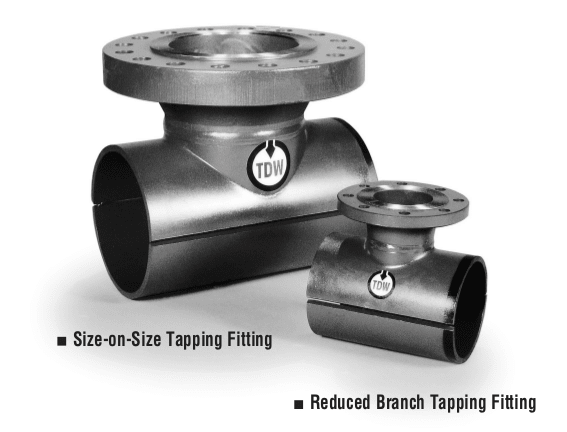Twinkle Star
Civil/Environmental
- Mar 1, 2017
- 5
The City is going to perform a live 8" x 8" tapping sleeve and valve next month on a very busy street. I am concerned about the safety of the City Employees working on a live tap. Could someone please help me with any suggestions on safety aspect that will need to be considered or taken? I want to make sure we as general contractor take all necessary precautions. Please help.

